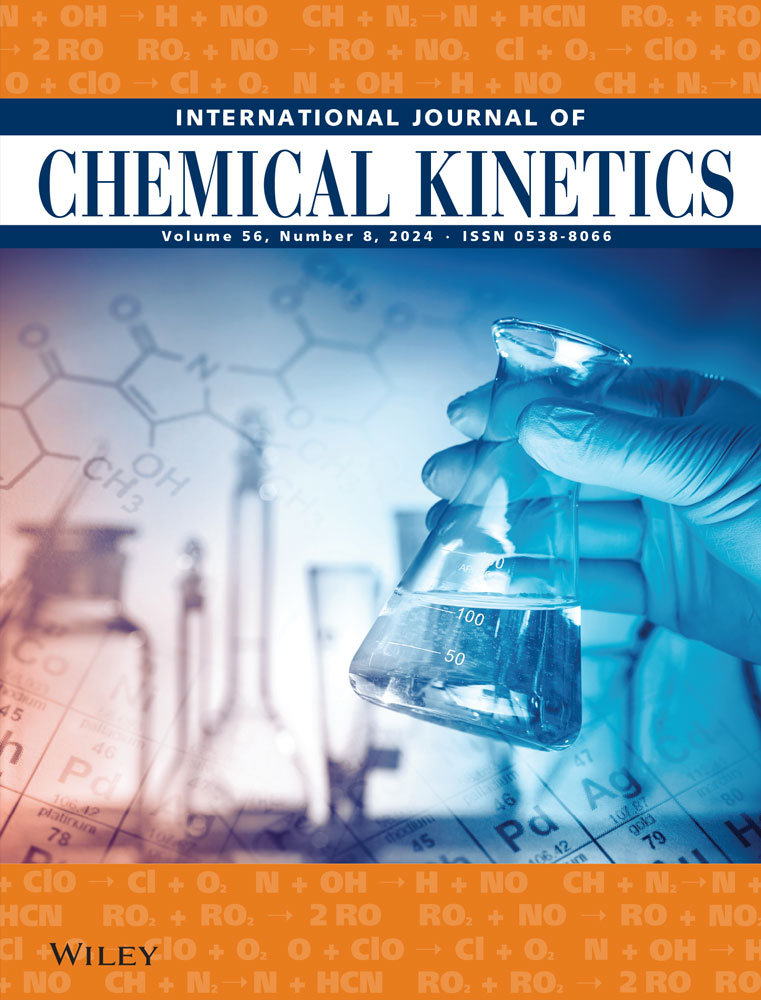Chemical kinetic model reduction based on species-targeted local sensitivity analysis
Abstract
Reduction of large combustion mechanisms is usually conducted based on the detection and elimination of redundant species and reactions. Reaction elimination methods are mostly based on sensitivity analysis, which can provide insight into the kinetic system, while species elimination methods are more efficient. In this work, the species-targeted local sensitivity analysis (STLSA) method is proposed to evaluate the importance of species and eliminate non-crucial species and their related reactions to simplify kinetic models. This paper comprehensively evaluates the effectiveness of STLSA across various combustion scenarios, including high and low-temperature ignition and laminar flame speed, using diverse mechanisms like USC Mech II, JetSurf 1.0, POLIMI_TOT_1412, NUIGMech1.1 and so on. Comparisons with graph-based methods, such as DRG and DRGEP, highlight STLSA's superior efficiency and accuracy. Moreover, STLSA is compared to species-targeted global sensitivity analysis (STGSA), demonstrating significant computation cost savings and comparable model reduction capabilities. The study concludes that STLSA is a robust and versatile tool for mechanism reduction, offering substantial improvements in computational efficiency while maintaining high accuracy in predicting key combustion properties.
Open Research
DATA AVAILABILITY STATEMENT
The data that supports the findings of this study are available in the supplementary material of this article




